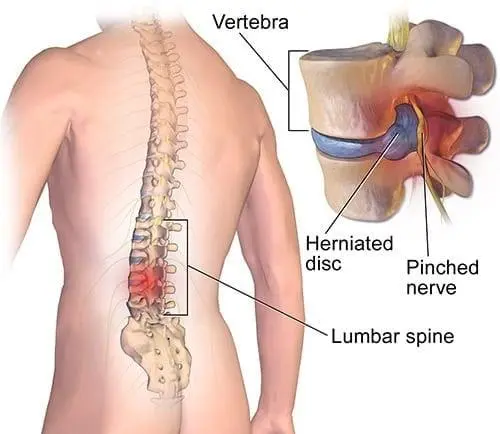13 Best Exercises For Colle’s Fracture
Introduction: Colles’ fracture is a common wrist injury that usually happens when you fall on an outstretched hand. After undergoing proper medical treatment and allowing the bones to heal, exercises can help restore wrist strength, flexibility, and function. Physiotherapy is frequently necessary following a period of immobilization for a Colles fracture, which is a break…










